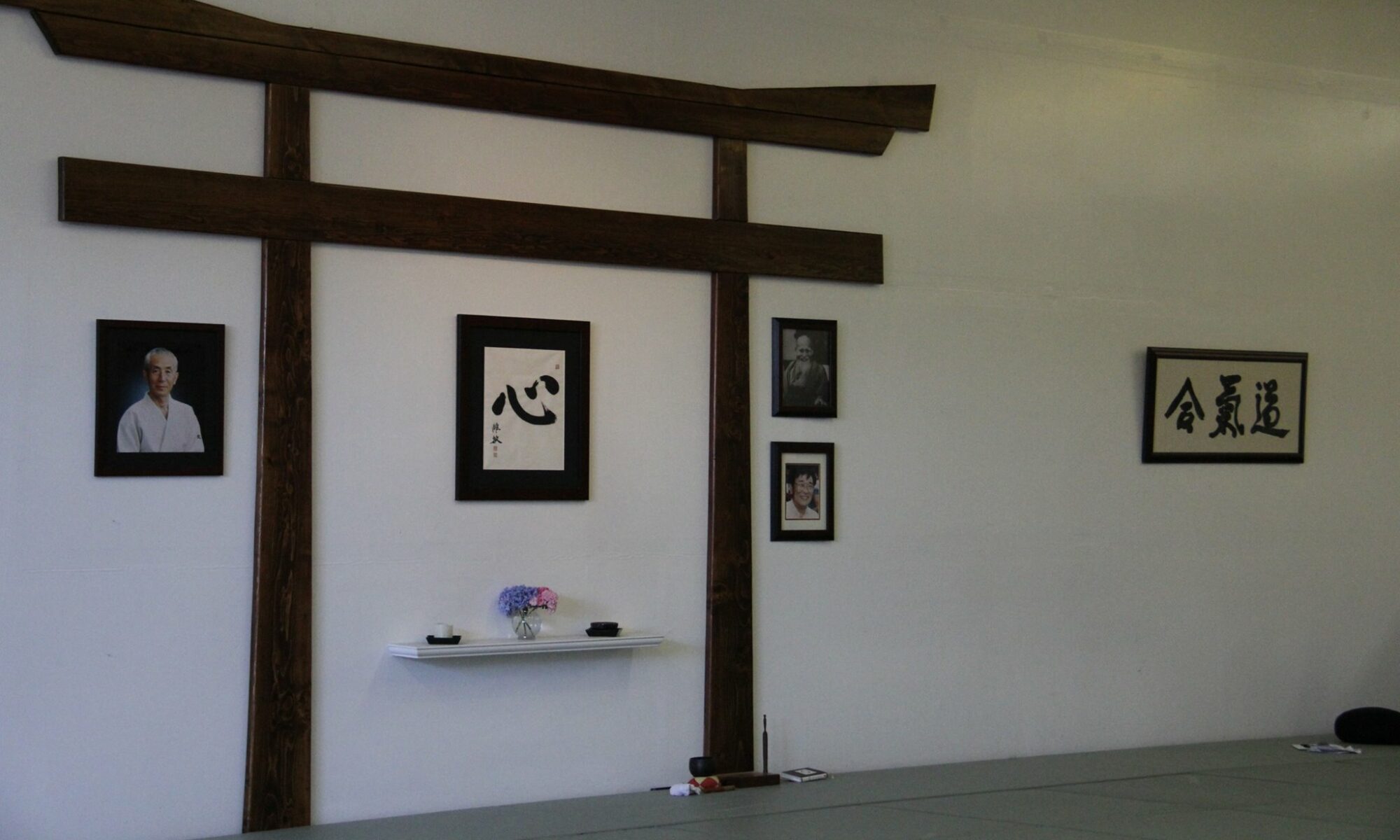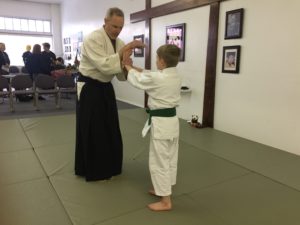In my office, I keep an old page from a calendar designed by Olympia artist, Nikki McClure. It says “Prepare” and it contains the image of children playing capture the flag and a fox in some blackberry bushes.
In the martial arts, there is an ethos around preparing. We train to become better prepared to respond to conflict, crisis, amazing opportunities, or whatever comes down our path. Preparing isn’t always what we want to do, but Aikido allows us to approach it with positivity, curiosity, and playfulness. And, like the fox, we use every day and every event to become better able to respond, or some might say- more response- able.
Periodically, we also get the opportunity to demonstrate our preparedness. There can be many ways that we demonstrate our preparedness in our lives but the way we get to demonstrate our preparedness in the dojo is in the form of a promotional demonstration. This month, Aikido Olympia will be hosting promotional demonstrations for those members of our community who feel they are ready to show us that they have expanded their practice and are ready for additional “responsibility.”
Promotional demonstrations or “Testing”, will be on March 15th. We typically begin with a short whole dojo class (kids, adults, beginners, and instructors) at 5:30. After the class, we begin the demonstrations with our young people going first and ascending in rank, followed by adults with the same strategy. We encourage everyone to attend so they can be part of this experience and contribute their energy to the event. Family and friends are also welcome. Typically, we finish the evening with a “snack-luck” so that everyone can spend time together and unwind after they’ve demonstrated how much they’ve prepared.
By Nate Weed


